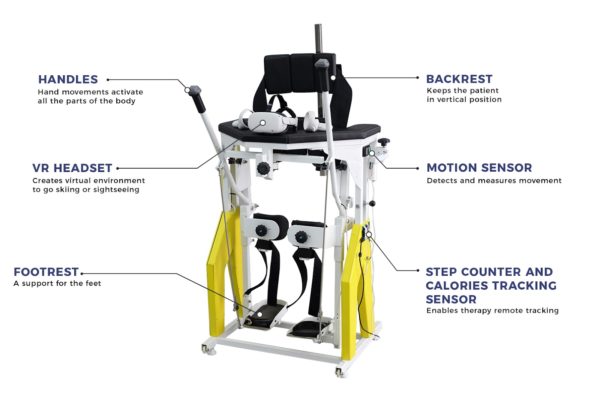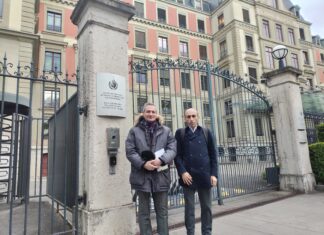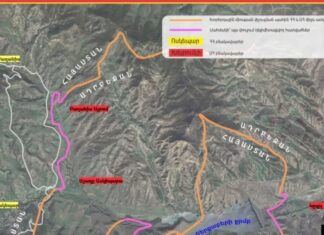YEREVAN — Inspiration for innovation can come from anywhere. For the founder of Metagait, a virtual reality (VR) rehabilitation device, Dr. Davit Arsenyan got his inspiration from, of all areas, video games.
Armenia-based Arsenyan is a kinesiologist, or a doctor who specializes in the mechanics of body movements.
For his entire career, he has been working to assist patients to regain mobility and increase their strength after traumatic incidents. Arsenyan’s idea to create a device which combined physical movement and virtual reality as a method of improving neuromuscular memory came after trying out his friend’s VR game room back in 2016. The game entailed wearing a headset which displayed images of a “virtual reality” of some situation and the use of handheld joysticks/controllers to move around in the game, essentially fully immersive digital world.
At the time, he was working with veterans of the 2016, the 4-day war, specifically soldiers who had faced many traumatic issues affecting both their brains and physical movements. After playing in the game room, Arsenyan invited one of his patients who had limited mobility to join him the next time, thinking it might be a fun and stimulating experience. That patient was suffering from paralysis and could only move one arm, but what happened next when he began playing the video game was nothing short of unbelievable.
“The patient’s damaged arm began to move… and his hand opened and closed,” Arsenyan recalled. It was at that moment he began thinking of the potential to incorporate the virtual reality experience as a supplement to physical therapy. And the science behind this combination is something that has been investigated in applications beyond MetaGait.











